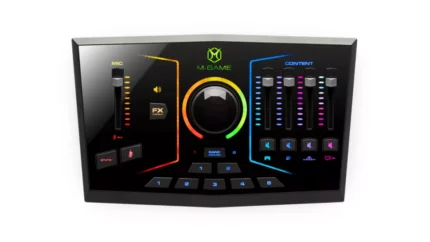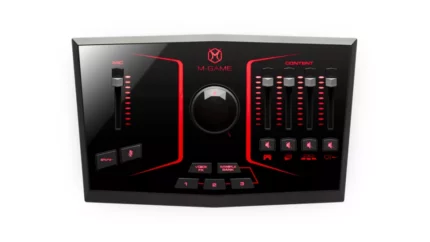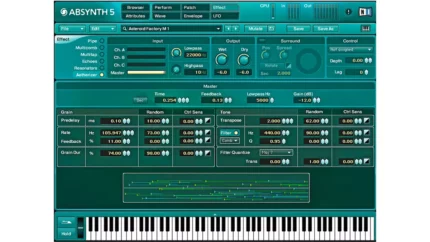Glänta Dynamic FM Synthesizer for Ableton Live and Max for Live
Fors shared this preview of Glänta, described as a Dynamic FM Synthesizer for Ableton Live and Max For Live.
Glänta is a synthesizer with a simple structure that focuses on the fundamentals of FM synthesis, with a 2-operator core. Glänta extends established concepts, according to the developer, with unique twists that are powerful, yet easy to use.
Featuring:
- 2 FM Oscillators
- 1 Flexible ADSR
- 1 Regular ADSR
- With stereo phase modulation, pitch-relative unison, dynamic bipolar feedback, cross-modulation, and polyphonic note slide.
- Up to 16 voices of polyphony.
Each FM oscillator in Glänta has dynamic self-modulation, a type of feedback that is bipolar and frequency-compensated. This allows even a single oscillator to achieve saw- and square-like waveshapes that are consistent and alias-free across the whole pitch range.
Envelopes made for FM
The modulator envelope in Glänta is made with FM in mind. By extending the standard ADSR envelope with adjustable start- and end-levels, the FM envelope is streamlined for getting the timbral modulation right. With a logarithmic attack and exponential decay, the modulation and dynamics sound natural and snappy.
Stereo Modulation & Unison
The stereo mode puts the modulation itself in a phase-shifted stereo alignment which widens the sidebands, creating an FM-based stereo effect. On top of this the pitch-relative unison mode adds two oscillators, one above and one below the fundamental for anything from slight chorusing to harmonic layering.
Glänta is available now for €10 excl. VAT.




